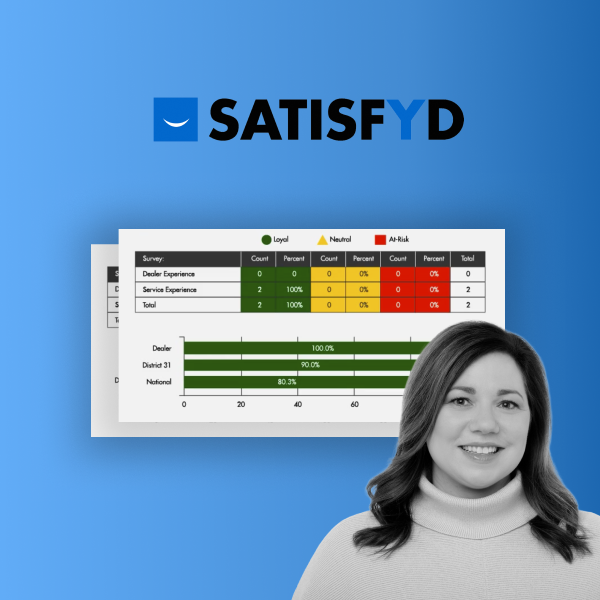Organizations produce and process endless loads of data every single day. From sales numbers to supply chain efficiency, routine tasks and workflows leave a trail of detailed data insights that have the potential to transform businesses for the better.
But how can you ensure that your organization is making the most out of its data? Especially when it comes to complex supply chain operations that have a ripple effect across multiple teams?
This post explores three ways your organization can leverage supply chain data to inform future growth and optimize processes across various points in the supply chain.
#1 Improve Supply Chain Visibility
When used effectively, supply chain data can help you define new management strategies, inform process improvements, and improve cohesion across the chain. However, none of this is possible if you don’t have a way to effectively identify, collect, or organize the full range of data across your entire supply network — from suppliers to warehouse teams and shipping carriers.

Rather than limiting your analysis to internal data or implementing time-consuming workarounds to access partner data manually, invest in a scalable, integrated solution that will improve visibility across your entire supply chain. Leveraging a data management system and business intelligence (BI) platform allows you to collect and share data from multiple sources in real-time through a secure interface.
You can leverage multi-source, automated reports to close knowledge gaps and give relevant stakeholders a clear view of your supply chain’s end-to-end performance. This approach also allows you and your supply chain partners to align behind a single source of truth and dissolve siloes between touchpoints.
#2 Inform Business Decisions
The reports you create with your supply chain data should go beyond day-to-day operations and error resolutions. You should also explore how each reporting tool or feature contributes to long-term forecasting and trend analysis.
Your historical supply chain data offers a wealth of information about overall performance and offers clues into future opportunities for growth or improvement. 
Look for analytics solutions that make it easy to identify patterns and trends across your supply chain, then present them all through easy-to-use dashboards or similar readouts.
As your teams gain more insight into performance, efficiency, and recurring trends across your supply chain, they’ll be able to better forecast future needs and adjust their supply chain strategy accordingly.
Whether redefining processes to improve efficiency or hiring more staff to account for an uptick in consumer demand, your organization can leverage actual historical data — not just a hunch or vague recommendations — to inform business decisions and drive growth.
#3 Measure Performance Over Time
Each department that interacts with your organization’s supply chain likely uses pre-defined key performance indicators (KPIs) to monitor their performance and progress towards long-term business goals. A department’s KPIs will probably be a combination of hard metrics and more holistic goals, such as:
- Order rates
- Cash flow cycles
- Shipping rates
- Customer retention
- And more
Leaders may feel confident in their ability to monitor specific KPIs through routine evaluations and performance reviews. However, without accurate, real-time supply chain data, tracking data-driven KPIs is nearly impossible.
To effectively tie your supply chain data back to business performance, connect with each department lead and your high-level stakeholders to identify or confirm high-priority KPIs, as well as the specific success metrics associated with each. This allows you to determine which metrics matter most to your organization and how your teams are currently tracking and measuring success.
The insights you gain from other team members will help you determine how you’ll leverage supply chain data to measure performance and progress towards your organizational goals. You may choose to create a mix of custom dashboards or pull your supply chain data into automated reports that give your teams regular updates on KPIs and other critical business initiatives. 
The first step towards developing a data-driven supply chain is understanding the holistic value of your supply chain data. The right BI and analytics software can help your teams collect, organize, and analyze data from multiple sources and sectors within your supply chain.
These tools will support the opportunities outlined above and ensure you establish a scalable BI strategy that will grow alongside your business and deliver value in the long term.
Are you interested in learning more about the role of BI software in supply chain management? Our blog post, 4 Ways Business Intelligence Software Improves Supply Chain Analytics, has all the details.




